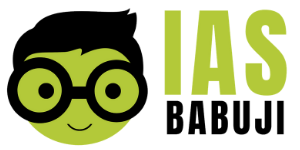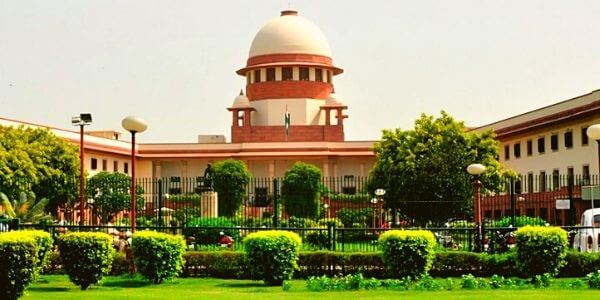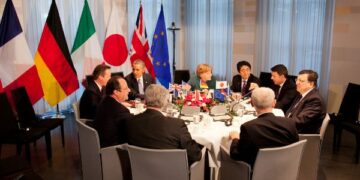This is a critically essential topic in the UPSC exam’s polity and governance parts. You may learn everything you need to know about the Supreme Court of India on this page for the IAS test. First, let’s learn more about the Delhi Supreme Court, including the total number of judges, the Supreme Court’s formation (Established), and the article.
The following are the most recent updates concerning the Indian Supreme Court:
- In 2021, Justice PB Sawant, a former Supreme Court Judge, died.
- The Supreme Court is now reviewing a petition relating to the Social Media Firm Facebook and its Messaging Application WhatsApp regarding its terms of service and privacy policies, which were set to go into effect on February 8th, 2021.
- 13th February 2021: Supreme Court statement while dismissing a review petition on anti-citizenship bill protests in Delhi’s Shaheen Bagh in 2019 – “Right To Protest Cannot Be Anytime, Everywhere.”
History & Establishment of the Supreme Court of India
- The Supreme Court of Judicature in Calcutta was established as a Court of Record with complete jurisdiction and authority following the passage of the Regulating Act of 1773.
- It was formed to hear and decide all criminal accusations in Bengal, Bihar, and Orissa and to entertain, hear, and decide all matters and procedures.
- In 1800 and 1823, King George III established the Supreme Courts of Madras and Bombay.
- The India High Courts Act of 1861 created High Courts in several provinces. It abolished the Supreme Courts in Calcutta, Bombay, and Madras and the Sadar Adalats in Presidency towns.
- The Govt of India Act of 1935 established the Federal Court of India.
- This Court reviewed appeals from high court decisions and resolved conflicts between provinces and federal states.
- After India attained independence, the Federal Court & the Judicial Committee of the Privy Council were replaced by the Supreme Court of India, which was founded in January 1950.
- The 1950 Constitution envisaged a Supreme Court with one Chief Justice and seven puisne judges.
- Parliament increased the number of SC judges, bringing the total number of judges on the bench to 34, including the Chief Justice of India (CJI).
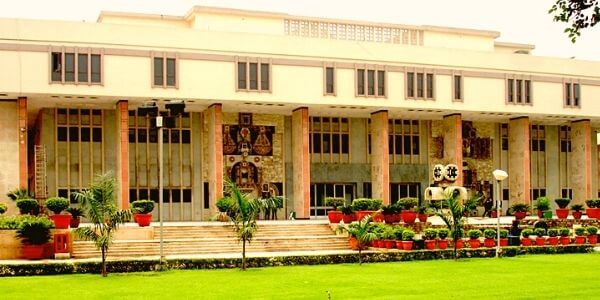
Total Number of Judges
The Supreme Court of India (Delhi), the country’s highest Court, currently consists of 32 total judges (including the Chief Justice). The highest strength that may be achieved is 34. The country’s Constitution requires judges of the Supreme Court to retire at the age of 65.
President Ram Nath Kovind issued a warrant of appointments to the Supreme Court in August 2021, bringing the total number of justices to 33, the most since India’s independence, compared to the sanctioned strength of 34. It was also the first time nine Supreme Court justices were sworn in at the same time.
Currently, Justice is in charge. N. V. Ramana is India’s 48th Chief Justice. On April 24, 2021, he was sworn in.
The Constitution designates Delhi as the supreme Court’s seat. However, it also empowers the CJI to appoint additional locations as the SC’s seat.
The Supreme Court of India (Delhi) has the authority to communicate with the President in order to regulate the Court’s practice and process.
A panel of five judges is frequently used to settle constitutional cases, while a panel of atleast 3 justices decides other issues.
The above information includes information on how the Supreme Court of India was established, as well as the total number of judges on the Supreme Court of India (Delhi)
Similarly, we have added the Attorney General of India information and know who is the current first Attorney General of India. It is also an important concept for IAS exam preparation. so don’t forget to look at the link

The Supreme Court Article (124- 147)
Articles 124-147 detail the Constitution and the Supreme Court’s jurisdiction. Unlike the other two branches, the executive and legislative, the judiciary in India is integrated. This means that, while states may have High Courts, the Supreme Court’s decisions are binding on all courts under India’s jurisdiction (Article 141). Let us now look at the Supreme court article on the Union Judiciary.
Important Articles
- Article 124 – Establishment & Constitution of Supreme Court
- Article 125 – Judges’ remuneration and other benefits
- Article 126 – Appointment of a temporary Chief Justice
- Appointment of ad hoc Judges (Article 127)
- Article 128 – Retired judges’ attendance in Supreme Court sessions
- Article 129 – SC to be a court of record
- Article 130 – Seat of Supreme Court
- Article 131- Original jurisdiction of the Supreme Court
- Article 131A – Executive jurisdiction of the Supreme Court in regard to questions as to constitutional validity of Central laws
- Article 132 – Appellate jurisdiction of SC in appeals from High Court in certain cases
- Article 133 – The Supreme Court has appellate authority over appeals from High Courts in civil cases.
- Article 134 – The Supreme Court’s appellate jurisdiction in criminal cases
- Article 135 – The Supreme Court will have jurisdiction and authority over the Federal Court under present law.
- The SC may grant special leave to appeal under Article 136.
- Article 137 – The Supreme Court reviews judgments or orders.
- Article 138 – The Supreme Court’s Jurisdiction is Expanded
- Article 139 – Conferment on the SC of powers to issue certain writs
- Article 139A: Transfer of certain cases
- Article 140: Ancillary powers of Supreme Court
- Article 144: Civil & judicial authorities to act in aid of the SC
- Article 141: The Supreme Court declares a law to be binding on all courts.
- Article 142: The Supreme Court’s decrees and orders and orders concerning discovery and other matters are enforced.
- Article 143: The President’s Power to Consult the Supreme Court
- Article 144A: Special provisions as to the disposal of questions relating to the constitutional validity of laws
- Article 145: Rules of Court, etc.
- Article 146: Officers & servants and the expenses of the Supreme Court
- Article 147: Interpretation
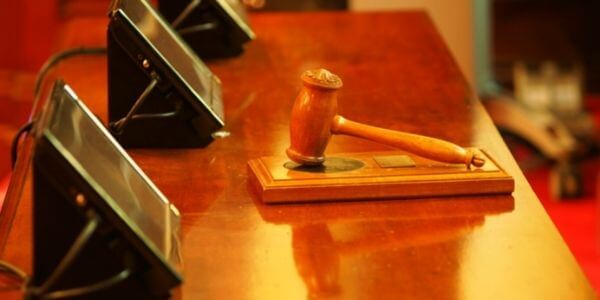
Removal of Supreme Court Judge
Only the President of India has the power to remove a Supreme Court judge from office based on a resolution passed by both Houses of Parliament (Lok Sabha and Rajya Sabha) with a majority of the total membership and not less than two-thirds of the members present and voting in each House, on the grounds of proven misbehavior or incapacity of the judge in question. As a result, a democratic society like India requires a judiciary since democratic values tend to fade away in the absence of effective checks and balances.
Conclusion- The Supreme Court of India
This essay will give you all the details you need to know about India’s SC (Delhi). This is one of the most crucial aspects of the IAS exam. We’ve also included information about when the Supreme Court was established, the number of judges on the Court, and a Supreme Court article. We have included all of the information you’ll need to prepare for the UPSC exam. You may also find information on additional UPSC test preparation materials here. To know more about the IAS exam, visit the official website here. You’ll find information about the IAS exam dates and other facts here.

FAQ- The Supreme Court of India
In theory, the President cannot overturn the SC. Only Parliament has the authority to modify any law in order to overturn a Supreme Court ruling. The President has the authority of pardon, which he can use with the advice of the Council of Ministers. Even in this case, the President does not have the authority to overrule the Supreme Court. The Court’s decision stands; only the President has the authority to “forgive” the punishment.
Article 124 governs the establishment and composition of the Supreme Court. It specifies that there shall be a Supreme Court of India consisting of a Chief Justice of India & not more than seven other Judges until Parliament by law mandates a more significant number.
The President appoints the Chief Justice of India and the Supreme Court Judges under clause (2) of Article 124 of the Constitution.
The Supreme Court of India, the country’s highest Court, currently consists of 32 judges (including the Chief Justice of India). The greatest strength possible is 34.
Editor’s Note | Supreme Court of India
In conclusion, the IAS test is one of India’s most essential and difficult examinations. Furthermore, the exam attracts a large number of students and working professionals. This article will learn about the Supreme Court of India (Delhi) – Total Judges, Established and Post. A link to the official website has also been supplied. Furthermore, the exam requires a lot of time. Therefore, one must establish a proper strategy and provide time for all of the exam’s subjects and time for review. Aside from the material and topics, current affairs play a significant role in the IAS prelims and mains examinations. The current advancements in various domains of the world are used to frame objective and subjective questions. We wish you the best of luck.
